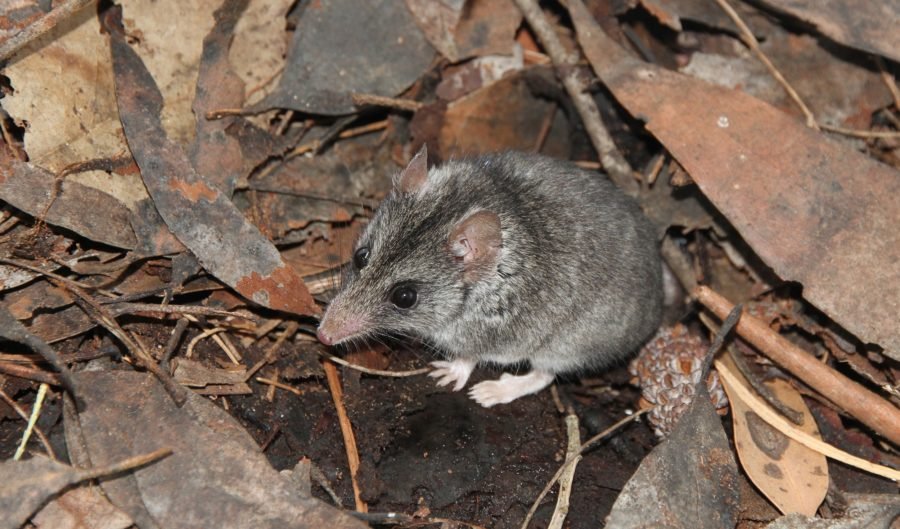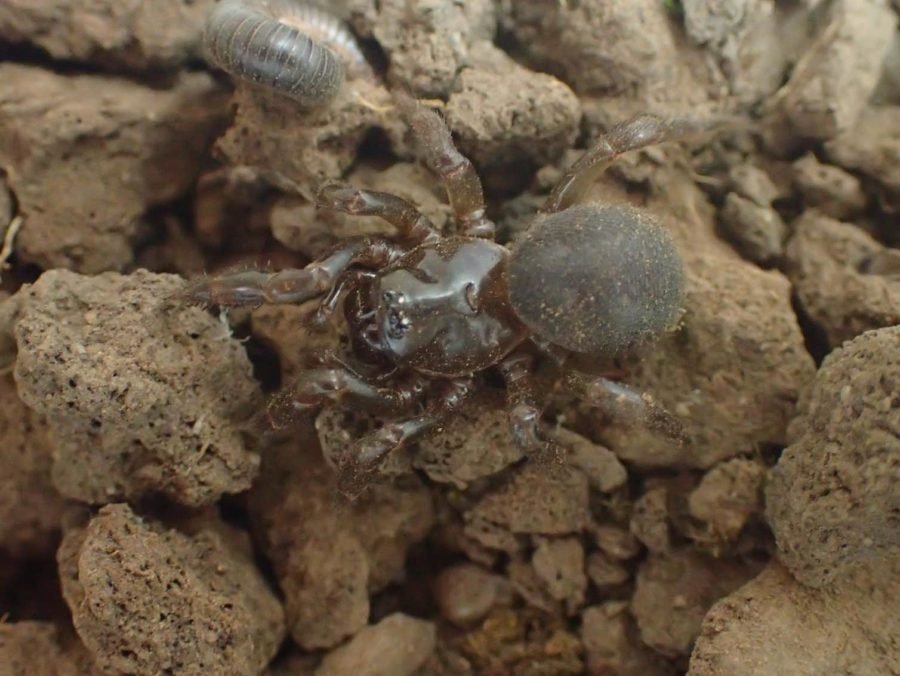Kangaroo Island wildlife bouncing back two years after bushfires

Two years after being ravaged by record bushfires, Kangaroo Island’s endangered wildlife are finally starting to bounce back thanks to a fenced safe haven.
The Black Summer bushfires of 2019-20 were the worst in Kangaroo Island’s history, destroying almost half of its vegetation and threatening the survival of species such as the mouse-like dunnart.
Exactly two years after destructive fires started by lightning strikes first began on the island off South Australia, a survey has revealed threatened wildlife populations are slowly recovering following a refuge project’s construction.
An initial 13.6 hectare area was fenced off in a whirlwind six weeks to protect wildlife from predators, namely feral cats, straight after the devastating fires removed their protective habitat cover.
The area – jointly managed by Australian Wildlife Conservancy (AWC) and Kangaroo Island Land for Wildlife (KI LfW) – now spans almost 370 hectares of habitat for endangered species, including a 8.8km predator-proof fence.
It was officially launched as the Western River Refuge in February.
“We had boots on the ground immediately after the fires, working collaboratively with KI LfW and local landholders, to establish water and shelter points in burnt areas and to assess the damage to wildlife,” AWC CEO Tim Allard said.
“Together, we were able to take AWC’s experience and KI LfW knowledge of the local ecology to create an initial feral predator exclosure to help protect many of the species which may have otherwise perished.”
All the hard work appears to be paying off after a week-long AWC-KI LfW collaborative survey at 10 sites inside the Western River Refuge and the adjacent Western River Wilderness Protection Area showed promising results.
Nearly double the species diversity was found inside the fence versus outside and 25 per cent more animals were captured inside the feral cat exclusion area.
Native animals, such as the Kangaroo Island dunnart, western pygmy possum, bush rat and southern brown bandicoot whose populations were significantly impacted by the fires, have been recorded throughout the predator-free area, along with four species of native frogs.
The dunnart was the biggest concern, with fire reducing its population of about 500 by 90 per cent by February 2020.
“Two years on I think this project is going better than we could ever have imagined,” AWC-KI LfW field ecologist Pat Hodgens said of the Western River Refuge.


